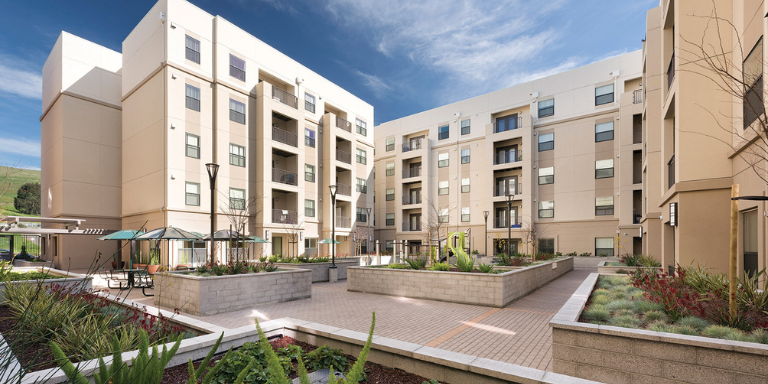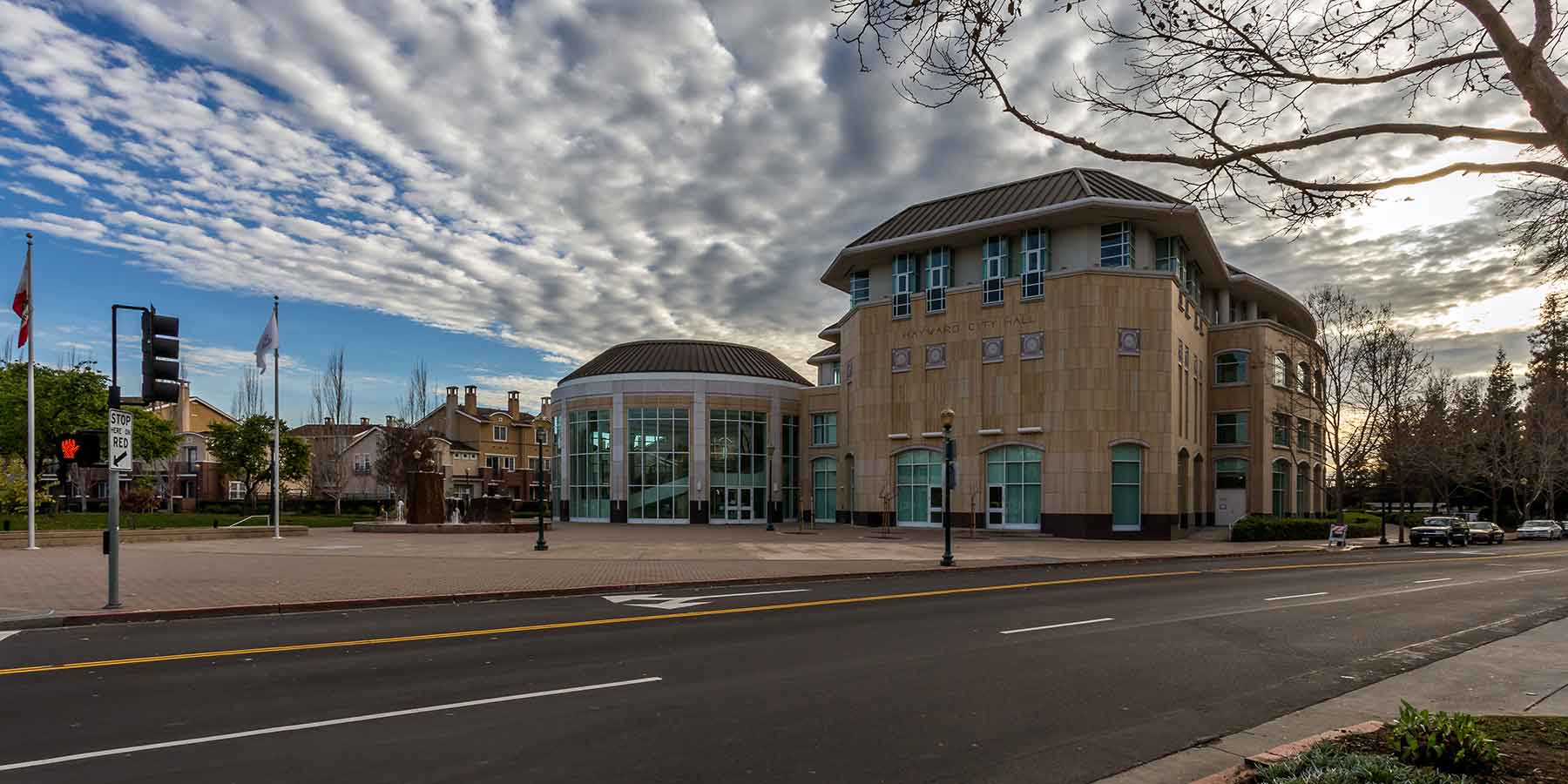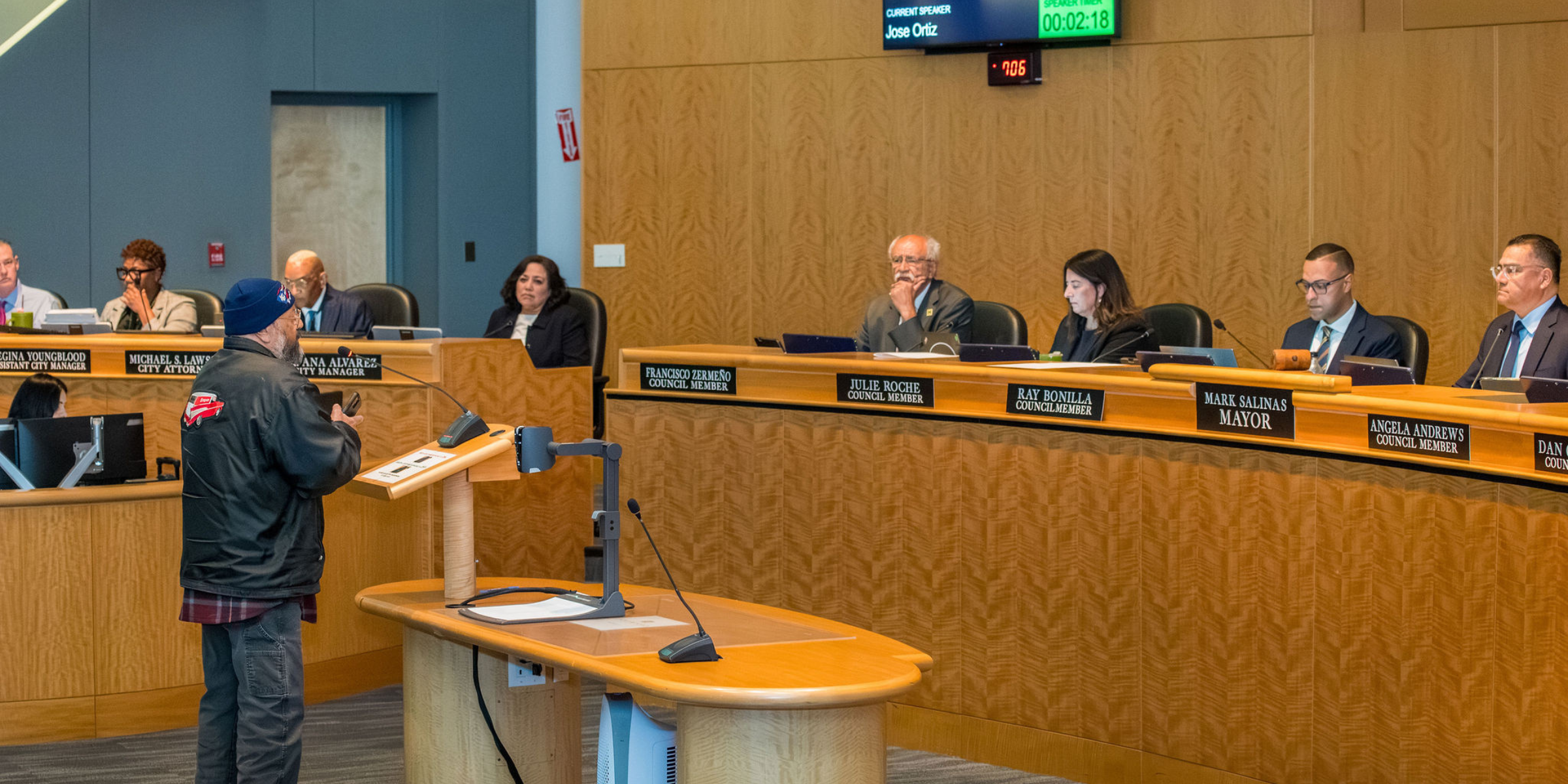Housing Element

What is the Housing Element?
- Required “element” or chapter in the City’s General Plan
- Assesses the condition of the City’s current housing and future needs of its residents
- Establishes a roadmap for accommodating projected housing unit demand for existing and future residents over the next eight years (2023-2031)
- Sets citywide goals, objectives, and policies for housing
- Shows how the City will meet demand for housing at all income levels, per State Law
Why update the Housing Element?
- Housing is essential to people’s health, quality of life and the economy
- Housing Elements are a mandatory part of the General Plan under state law
- It must be updated every 8 years and submitted to the State by a specific date they prescribe (6th Cycle submitted by January 2023)
- Detailed roadmap outlining how the City will meet its Regional Housing Needs Assessment (RHNA) allocation by income level
- Housing Element compliance is required for Statewide funding and grants
How is the Housing Element used?
- The Housing Element is the guiding document that sets the City’s policy and program direction related to housing
- Used when reviewing development projects (both housing and non-housing projects)
- Used to establish funding priorities for communitywide financial assistance such as rental assistance, homebuyer programs, rental inspection programs and relocation assistance among others
- Used when setting housing policy such as updates to the Density Bonus Ordinance, Affordable Housing Ordinance, and updates to the Zoning Ordinance as they must be consistent with the General Plan
The Housing Element Aims to achieve several goals including:
- Accommodating projected housing demand, as mandated by the State
- Increasing housing production to meet this demand
- Improving housing affordability
- Preserving existing affordable housing
- Improving the safety, quality, and condition of existing housing
- Facilitating the development of housing for all income levels and household types, including special needs populations
- Improving the livability and economic prosperity of all City residents and promoting fair housing choice for all
The City of Hayward believes that housing is a basic human right and is committed to improving access to safe and high-quality housing for residents across all income levels in a manner that prioritizes sustainability and care for the environment. Strategies to achieve these goals include promoting a diversity of housing types throughout the City, increasing the feasibility of development of underused sites throughout the City, and focusing the greatest amount of new housing near transit and jobs.
The Housing Element lays out the City’s plan for removing barriers to housing production to counter well-documented housing shortages, and helps ensure that the City is planning for its “fair share” of affordable and market rate housing.
The Housing Element organization guide:
The Housing Element includes seven chapters that outline current and future housing needs of the community, housing resources, constraints to building housing, fair housing, and a housing plan. The housing plan within the Housing Element Update builds upon and revises the goals, policies, and programs of the existing Housing Element to ensure that the City can meet the housing needs of all Hayward residents through 2031, when the plan is scheduled to be updated again as required by State law.
The seven chapters are as follows:
Introduction: Introduces the purpose of the Housing Element, context, related documents, and summary of public participation.
Housing Needs Summary: Describes Hayward’s demographic and housing related to the City’s housing needs, including housing type and affordability with insight into special needs households and an equity lens.
Projected Housing Need: Shows the Regional Housing Needs Allocation (RHNA), or the “fair share” of housing units the City must plan for at different affordability levels as required by law.
Housing Resources: Summarizes the existing and proposed land, financial, and administrative resources Hayward has to meet the City’s need through this update.
Housing Constraints: Identifies governmental, market, environmental, and other existing challenges to maintaining, expanding, and improving housing in Hayward.
Fair Housing: Provides an assessment of the City’s fair housing issues and provides a framework for the City to take meaningful actions to overcome patterns of segregation, to combat discrimination and to foster inclusive communities.
Housing Plan: Lays out the goals and steps needed to meet the housing needs of current and future residents. Each goal has associated policies, programs, and actions detailed in the plan by law.
Housing costs too much for Hayward residents:
The Housing Element describes the current housing conditions in Hayward and provides data and information on the economic and social stresses that many residents face due to the lack of sufficient access to quality and affordable housing. The Housing Plan, Chapter 7 in the Housing Element, provides actions that the City will take to address the lack of affordable housing and help increase the number of new housing units to; ensure that housing is safe, clean and accessible for residents; assist renters and homeowners to stay in their housing; and, assist qualified residents to purchase housing to promote stability and wealth building. These actions include production of affordable housing units, preservation of existing affordable housing, and addressing the housing needs of vulnerable populations to provide housing assistance resources and to address fair housing issues.
Housing cost burden affects a substantial portion of households in Hayward, particularly lower income renter households and also disproportionately impacts Hispanic/Latino and Black/African American households. In addition, cost burden has significantly increased for immigrant households, families with children, seniors and students, and extremely low income to low-income households, all of which are identified as special needs households in the Housing Element.
Wages are not keeping up with increasing housing costs:
High housing costs have made it difficult for many Californians to be able to save or invest enough to take advantage of the long-term financial benefits of homeownership or to receive the social, health, and economic benefits that can come to individuals and families as a result of having access to high-quality, stable, and affordable housing.
In addition, this housing crisis does not impact everyone equally. Lower-income households and residents of color are disproportionately affected due to lack of employment stability, historic lack of access to homeownership resources, and the attendant wealth building benefits as well as lack of access to certain neighborhoods. Further, renters typically have lower household incomes than homeowners and have a higher cost burden with regard to housing which results in less disposable income for food, healthcare, and education, among other costs.
Impacts of not enough housing:
The City of Hayward is one of many cities in the State that is severely impacted by the housing crisis, experiencing high rates of cost-burden, homelessness, overcrowding, and potential displacement of existing residents.
Homelessness continues to be a regional, State and national issue. Although homelessness is rising in Alameda County, the City of Hayward saw a 28 percent decrease in the number of people experiencing homelessness in the most recent 2022 point-in-time count. This decrease may be attributable to many factors, including the City’s increased investment in homelessness response and prevention, as well as changes to the count methodology resulting in more accurate geo-coding of where individuals were living. Specifically, individuals previously counted as Hayward residents who may now be counted as residing in unincorporated Alameda County or another neighboring jurisdiction.
Why does it matter?
There is a housing crisis in Hayward. High housing costs and a lack of affordable housing affects all residents. The City is working to establish a Housing Plan to address the crisis.
What is considered "affordable" housing?
Housing is affordable if it costs no more than 30 percent of someone’s monthly income. For example, a household making $3,000 a month would have rent no higher than $900 to be affordable. Average rents and mortgages are significantly higher than this in Hayward, typically averaging over $2,600 for a two-bedroom apartment and over $3,000 for a three-bedroom house.
Will this plan build housing?
This update establishes a roadmap with policies and actions that the City has control over to meet the housing needs of Hayward residents and to minimize constraints to housing development for the next eight years. It is essential to note that construction is accomplished by private and nonprofit developers. Most of the housing the City is planning for will meet the City’s projected Regional Housing Needs Assessment allocation which provides for a variety of housing at different income levels; however, there are a variety of factors outside of the City’s control that could influence whether or not that housing is built such as land and construction costs, availability of labor and materials, availability of financing, and developer interest in Hayward among others.
What can you do?
Review this Housing Element, attend meetings, ask questions, and make comments about what you believe you and your community needs and wants to see in future housing development in Hayward.
For information about Housing Relief Programs, homeless housing assistance, homeownership resources, and housing information for tenants and landlords, please visit the Housing Division.
If you are a tenant living in substandard conditions or a property owner wishing to conduct an inspection with our division to assure your dwellings are currently up to code, please contact Hayward Code Enforcement at (510) 583-4175 or rentalinspectionprogram@hayward-ca.gov.












